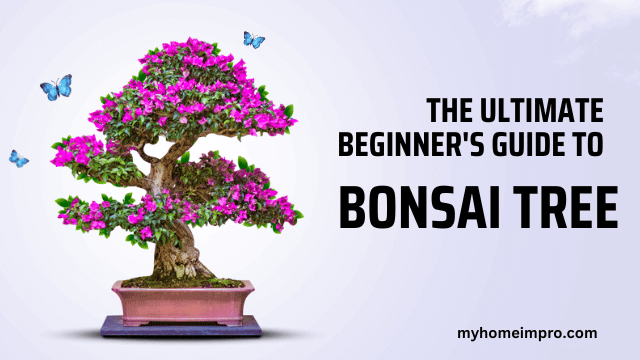Welcome to the world of bonsai! Whether you’re a seasoned gardener or just dipping your toes into the realm of plant care, bonsai offers a captivating journey of creativity and patience. In this comprehensive guide, we’ll walk you through everything you need to know to nurture your very own miniature masterpiece.
1. Getting Started: Choosing the Right Bonsai
Table of Contents
Before diving into bonsai care, it’s essential to select the right tree for your skill level and environment. Consider factors such as indoor versus outdoor growth, sunlight requirements, and the tree’s natural resilience. Popular choices for beginners include the resilient Ficus or the elegant Chinese Elm.
2. Watering Wisdom: Finding the Balance
Watering is perhaps the most critical aspect of bonsai care. Strike the delicate balance between overwatering and underwatering by checking the soil moisture regularly. As a rule of thumb, water your bonsai when the topsoil feels slightly dry to the touch, ensuring proper drainage to prevent root rot.
3. Pruning and Shaping: Crafting Your Bonsai’s Aesthetic
Pruning and shaping are where bonsai truly comes to life. Use sharp, clean tools to trim branches and foliage, maintaining your desired aesthetic while promoting healthy growth. Embrace the artistry of bonsai by experimenting with different styles, from the classic formal upright to the dynamic cascade.
4. Repotting Rituals: Refreshing Your Bonsai’s Roots
Periodic repotting is essential for maintaining the health and vigor of your bonsai. Repot young trees every one to two years and mature trees every three to five years to replenish nutrients and prevent root-bound growth. Choose a well-draining soil mix and a pot that allows for adequate root expansion.
5. Pest Patrol: Protecting Your Bonsai from Intruders
Keep a watchful eye for common pests such as aphids, spider mites, and scale insects, which can wreak havoc on your bonsai’s health. Treat infestations promptly with organic pesticides or insecticidal soap, being mindful not to harm beneficial insects or soil microbes.
6. Winter Care: Nurturing Your Bonsai Through the Cold
As temperatures drop, take extra precautions to protect your bonsai from frost and freezing winds. Move outdoor bonsai to sheltered areas or insulate them with frost cloth, and reduce watering to prevent root damage. Indoors, ensure adequate humidity and light to sustain healthy growth during the winter months.
7. Troubleshooting Tips: Solving Common Bonsai Challenges
Encounter a problem with your bonsai? Don’t fret! Refer to our troubleshooting tips for solutions to common issues such as yellowing leaves, fungal infections, or overfertilization. With patience and perseverance, you can overcome any obstacle on your bonsai journey.

